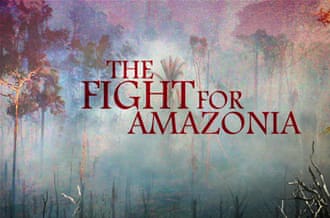By Rachel Riederer, April 19, 2012
Cross posted from: Guernica Magazine
“The Island President,” a new film about the crisis in the Maldives, wants to heat up the way we talk about climate change.
Jon Shenk’s documentary The Island President, now in limited release, follows Mohamed Nasheed through the first year of his term as President of the Maldives—but the movie doesn’t open in that tropical string of islands in the middle of the Indian Ocean, it opens in Denmark, at the 2009 Copenhagen climate summit. Nasheed is surrounded by cameras and interviewers asking him about the climate negotiations. Will they get a deal potent enough to save his nation from destruction?
To the people of the Maldives, the climate change debate is a matter of survival. On average, the 2,000 tiny islands that comprise the country are just 1.5 meters above sea level. As the sea level rises, they are washing away. Perhaps only climate watchers will remember the specifics of that summit and the toothless deal it produced, but Copenhagen casts a long shadow over Nasheed’s story. We didn’t solve climate change three years ago. It’s like watching Kate and Leo cross the gangplank to the Titanic: Whatever else might happen along the way, we know that boat is going down.




